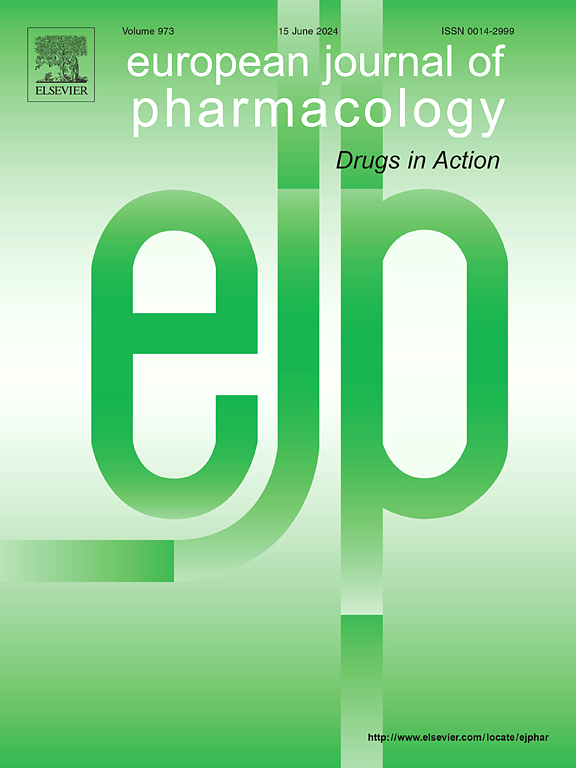Hepatitis B Virus X Protein promotes VWF-mediated HCC progression through ST8SIA6-AS1/miR-3150b-3p/ASCL1 axis
IF 4.2
3区 医学
Q1 PHARMACOLOGY & PHARMACY
引用次数: 0
Abstract
Hepatocellular carcinoma (HCC) is one of the most prevalent malignant tumors, often with a poor prognosis. The HBx protein, encoded by the hepatitis B virus (HBv), is significantly associated with the pathogenesis of HCC. Although studies suggested that the von Willebrand factor (vWF) is key to the progression of HCC associated with HBv, the underlying mechanisms are largely obscure.
Here we report that high vWF expression predicts poor prognosis in HCC patients infected with HBv. In vitro studies have shown that vWF enhances the migration, invasion, proliferation, and epithelial-mesenchymal transition (EMT) of HCC associated with HBv, and also inhibits apoptosis. We demonstrated that HBv-encoded oncogene X protein (HBx), a core protein of HBv expression can facilitate the transcription of vWF through the upregulation of ASCL1. Furthermore, miR-3150b-3p, which is negatively regulated by HBx, was screened to bind to the 3′UTR of ASCL1 and mediate ASCL1 silencing. Finally, we found that ST8SIA6-AS1 is positively regulated by HBx, which could sponge miR-3150b-3p, consequently impacting the expression of ASCL1 and ultimately alters the protein levels of vWF.
In conclusion, our study identified that Hepatitis B Virus X Protein affected vWF level in HBv-related HCC through ST8SIA6-AS1/miR-3150b-3p/ASCL1 axis, which in turn promoted tumor malignant progression.
求助全文
约1分钟内获得全文
求助全文
来源期刊
CiteScore
9.00
自引率
0.00%
发文量
572
审稿时长
34 days
期刊介绍:
The European Journal of Pharmacology publishes research papers covering all aspects of experimental pharmacology with focus on the mechanism of action of structurally identified compounds affecting biological systems.
The scope includes:
Behavioural pharmacology
Neuropharmacology and analgesia
Cardiovascular pharmacology
Pulmonary, gastrointestinal and urogenital pharmacology
Endocrine pharmacology
Immunopharmacology and inflammation
Molecular and cellular pharmacology
Regenerative pharmacology
Biologicals and biotherapeutics
Translational pharmacology
Nutriceutical pharmacology.

 求助内容:
求助内容: 应助结果提醒方式:
应助结果提醒方式:


